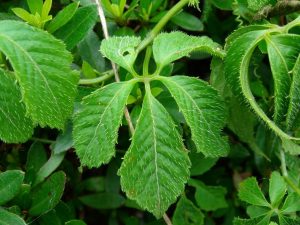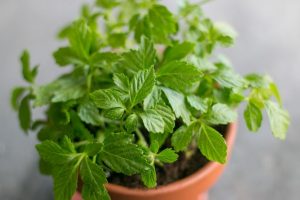Immortality Plant – Gynostemma Pentaphylla


he Immortality plant is another little known plant which you can find at Prandini’s Nursery. It is originally from East Asia, and is part of the Curcubitaccee family, the same as that of the pumpkin and the watermelon, but the difference with the Immortality Plant is that it does not produce a large characteristic fruit. In days gone by, it was thought to be miraculous.
TERRAIN
Being a plant which grows in rainy environment, to cultivate it you should attempt to reproduce those conditions as best as possible (fresh, damp and out of intense sun). The soil should be rich in humus and well drained. You should avoid that it dries out during the Summer period, but without obtaining any stagnant water. In Summer it can be cultivated outdoors, in a shady position. In winter, it can cope with icy conditions, but the plant will lose much of its aerial greenery, but the roots will remain alive and will shoo again in Spring. On the contrary if in winter it is kept indoors in a bright position, you can continue to enjoy its extraordinary properties and the fresh flowers it offers.
FLORA AND FRUIT
The immortality plant is a perennial dioica plant, that is, it has two different individuals which bring about the male and female flowers; it is a climbing plant, very similar to that of our vines and curiously produces shoots under the ground. The flowers are small and not very showy and have a colour somewhere between green and yellow. The fruit, as said, is not as big as that of the Curcubitacee, but it is a berry, very similar to the blackberry. When it reaches maturity it becomes black.
USE AND HEALTH PROPERTIES
The Immortality Plant, probably so called because of its anti-ageing effects, it increases physical strength. It is well able to stimulate the immune defense system. It also combats stress and combats migraines and gastrointestinal problems and checks sugar levels in people suffering from diabetes. The dried leaves can be used in a herbal tea, or in a salad (maximum two or three a day).
